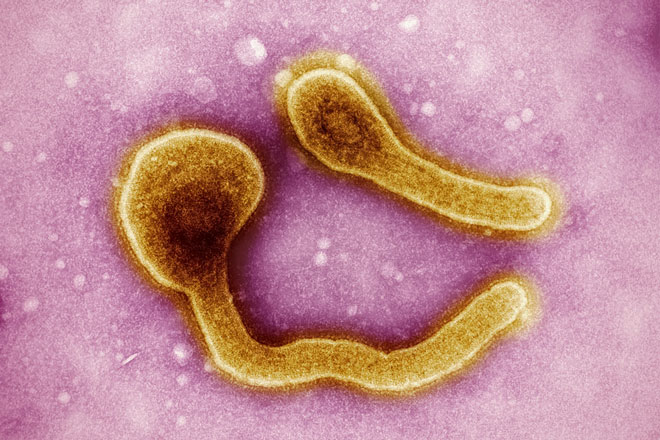Nearly 7% of Americans struggle with Long COVID as infections surge
The post-viral illness continues to damage lives as global numbers are estimated to be at least 65 million.
- 19 March 2024
- 3 min read
- by Priya Joi

Around 17.6 million American adults are grappling with Long COVID, according to a recent survey conducted by the US Centers for Disease Control and Prevention (CDC). The uptick comes as the CDC eases COVID-19 isolation guidelines, a decision that has divided experts.
The percentage of Americans with Long COVID now stands at 6.8% and has risen by 1.5% since the last estimate of 5.3% in October 2023. The rise follows the second-biggest surge of infections across the US this winter, in which some health facilities returned to mask and limited-visitation policies.
Up to one in five people with SARS-CoV-2 infection can go on to develop Long COVID symptoms, according to the World Health Organization. And CDC data published last month indicates that COVID-19 infection quadruples the risk that people will develop chronic fatigue.
The proportion of US adults currently experiencing Long COVID has not been this high since November 2022. Globally, around 65 million people are estimated to have Long COVID, but that is likely to be an underestimate.
Have you read?
Up to one in five people with SARS-CoV-2 infection can go on to develop Long COVID symptoms, according to the World Health Organization. And CDC data published last month indicates that COVID-19 infection quadruples the risk that people will develop chronic fatigue.
Symptoms of Long COVID are varied, ranging from brain fog, depression and memory loss to insomnia, muscle ache and fatigue. There have been several hypotheses about the biological mechanisms underpinning the symptoms, from dysregulated immune systems to neurological dysfunction. Now, evidence is starting to emerge to support some of these theories and explain Long COVID symptoms.
There is no diagnostic test or treatment yet, however, and many people who have had their lives put on hold, at best, or, at worst, destroyed by the condition, have received very little support.
While Long COVID patients are suffering worldwide, those in high-income countries are likely to have access to some health care at least. In low- and middle-income countries, the situation is even more dire.
Dr Caroline Hilari, who coordinates a Long COVID study in children in Bolivia, said: "I think the fact that Long COVID has not been in the media here is basically because we have more deadly diseases. Just recently we've had kids dying of dengue and scorpion stings. When people die, that gets into the media. But chronic, disabling conditions do not – and maybe that's the cruelty of being in a less developed country."









